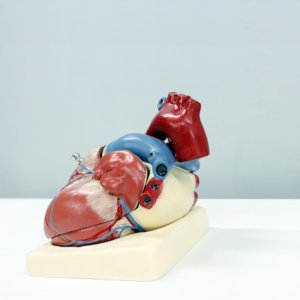
Nobel Prizes Go to “Genetic Scissors” and Hepatitis C Discovery
 By Miriam Bello | Senior Journalist and Industry Analyst -
Wed, 10/07/2020 - 13:50
By Miriam Bello | Senior Journalist and Industry Analyst -
Wed, 10/07/2020 - 13:50
This year’s chemistry and medicine Nobel Prizes go to major discoveries in genetic editing and virology that have contributed to saving lives. Scientists Emmanuelle Charpentier and Jennifer Doudna shared the 10 million krona (US$1.1 million) of the 2020 Chemistry Nobel Prize with the development of the gene-editing technology CRISPR-Cas9. This is a genetic editing method that gives scientists a high-precision tool to rewrite the DNA of any living organism such as plants, animals and microorganisms. These “Genetic Scissors” also offer researchers the opportunity to cure hereditary diseases caused by faulty genes. This development has been described as a watershed that could contribute to the development of new therapies against diseases such as cancer.
How does it work? According to Bloomberg, CRISPR is based on a rudimentary bacterial immune system that Japanese scientists first discovered more than 30 years ago. “The system destroys pathogens by cutting the DNA of invaders using enzymes called CAS nucleases, Cas9 being the most widely studied.”
In a BBC report, Emmanuelle Charpentier, who now works at the Max Planck Unit for the Science of Pathogens, shared a message for women. “I wish that this will provide a positive message specifically for young girls who would like to follow the path of science and to show them that women in science can also have an impact with the research they are performing," she said.
This was this year’s second Nobel Prize awarded to healthcare researchers. On Monday, the Medicine Nobel Prize 2020 recognized the work of virologists Harvey Alter, Michael Houghton and Charles Rice in the discovery of the Hepatitis C virus. This disease is the main cause of chronic inflammation of the liver. It affects a total of 70 million people and causes 400,000 deaths each year. Hepatitis C can cause liver cancer and lead patients to require liver transplants. The discovery of this virus was lauded for saving millions of lives, being “a decisive contribution to the fight against blood-borne hepatitis, a major global health problem that causes cirrhosis and liver cancer in people around the world.”
The work of these scientists led to the development of antiviral drugs to cure Hepatitis C, a step forward in eradicating this virus. The journey to this discovery began in the late 1970’s, when Harvey Alter identified a different virus which he called “Hepatitis not A and not B” that caused liver inflammation. Michael Houghton isolated the genetic sequence of the new hepatitis virus and discovered that “Hepatitis not A and not B” was a type of flavivirus, which he called Hepatitis C. Later, Charles Rice demonstrated that the newly-identified pathogen was the cause behind previous unexplained, blood-transfusion related cases of hepatitis, meaning that Hepatitis C alone could cause transfusion-mediated hepatitis. The work of Alter, Houghton and Rice now allows the virus to be detected through the analysis of blood to avoid contagion of hepatitis by blood transfusion.
















